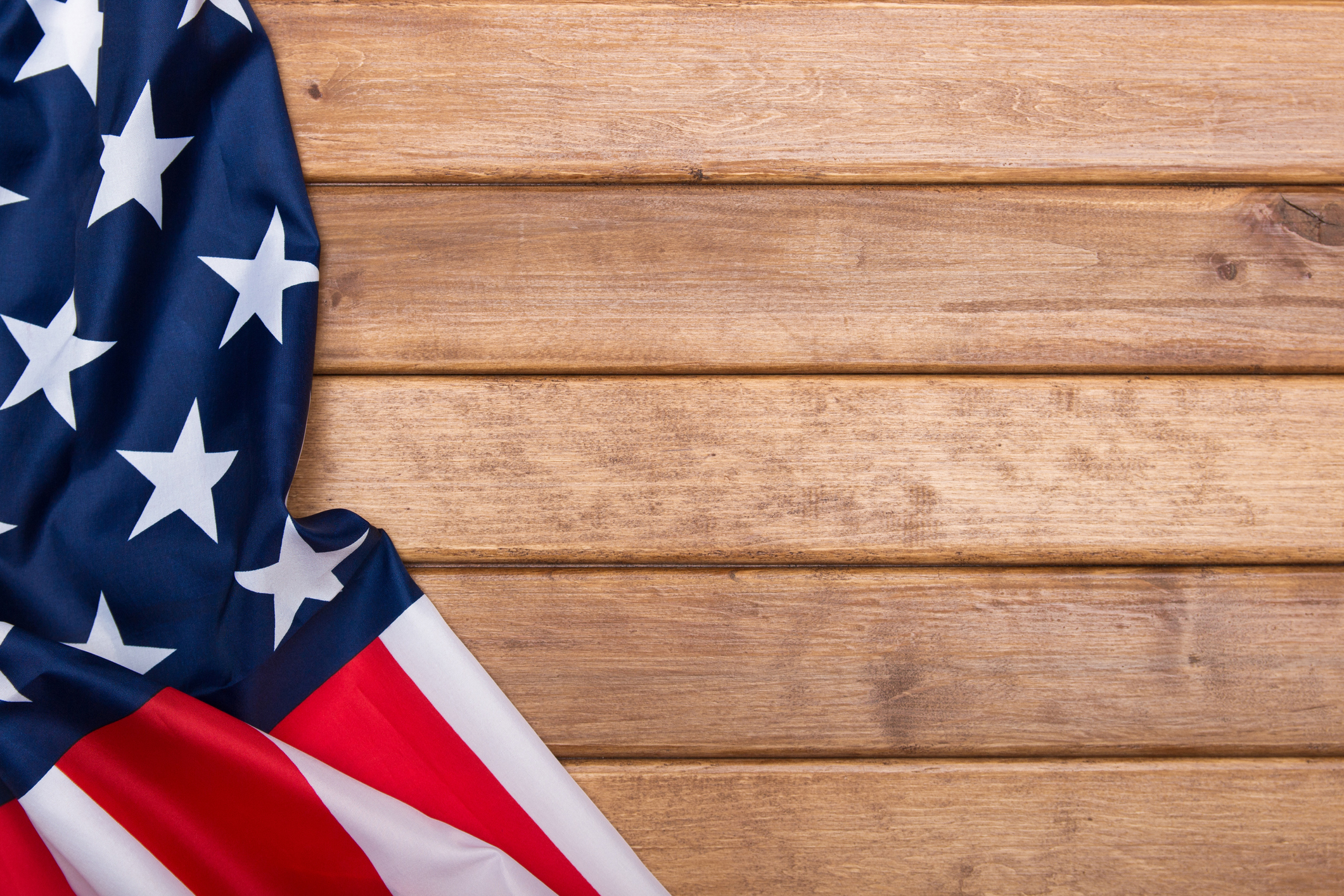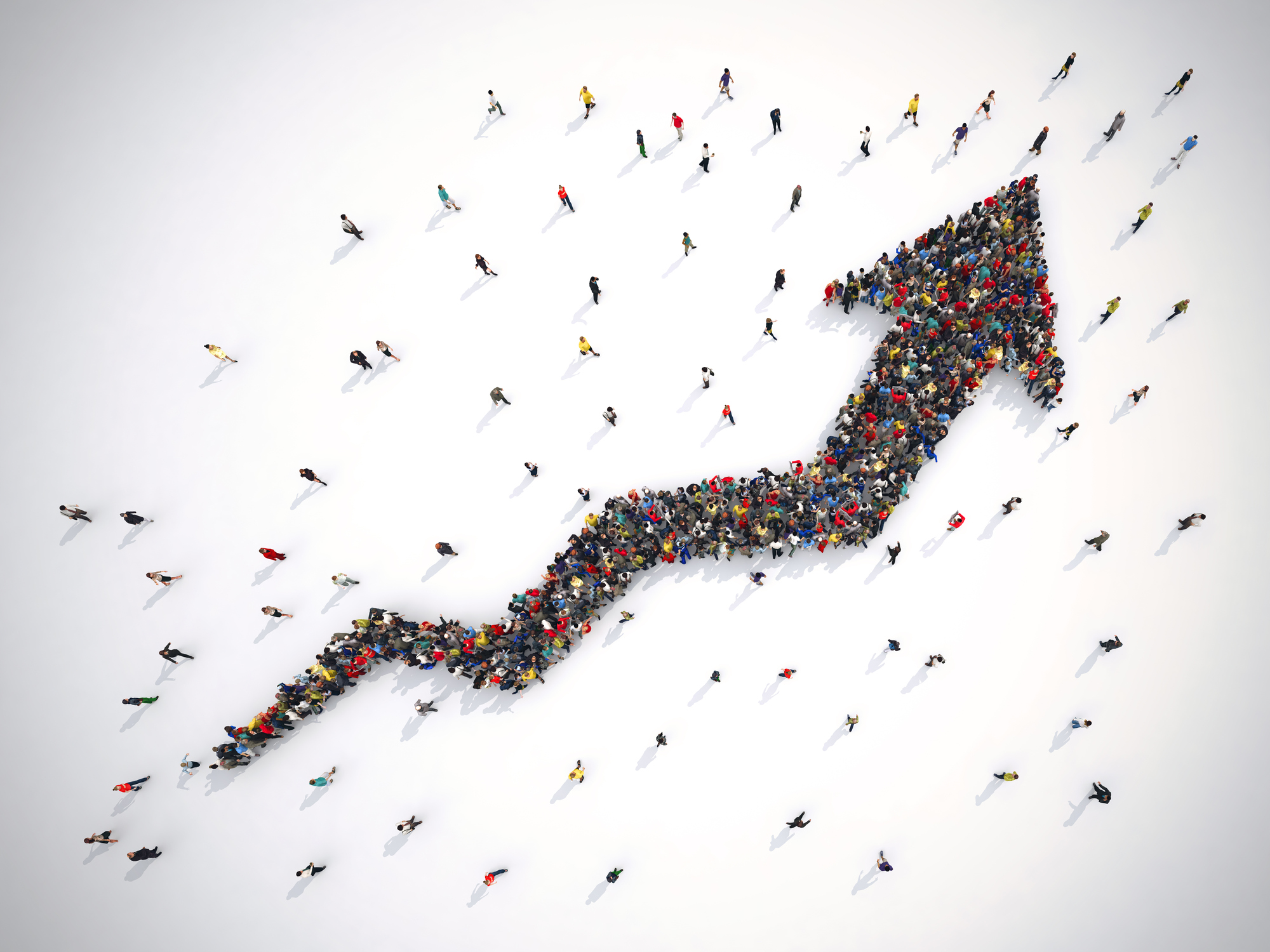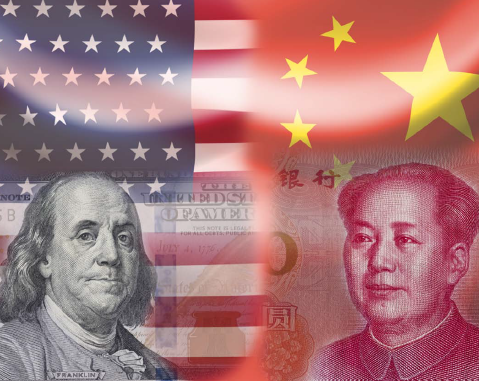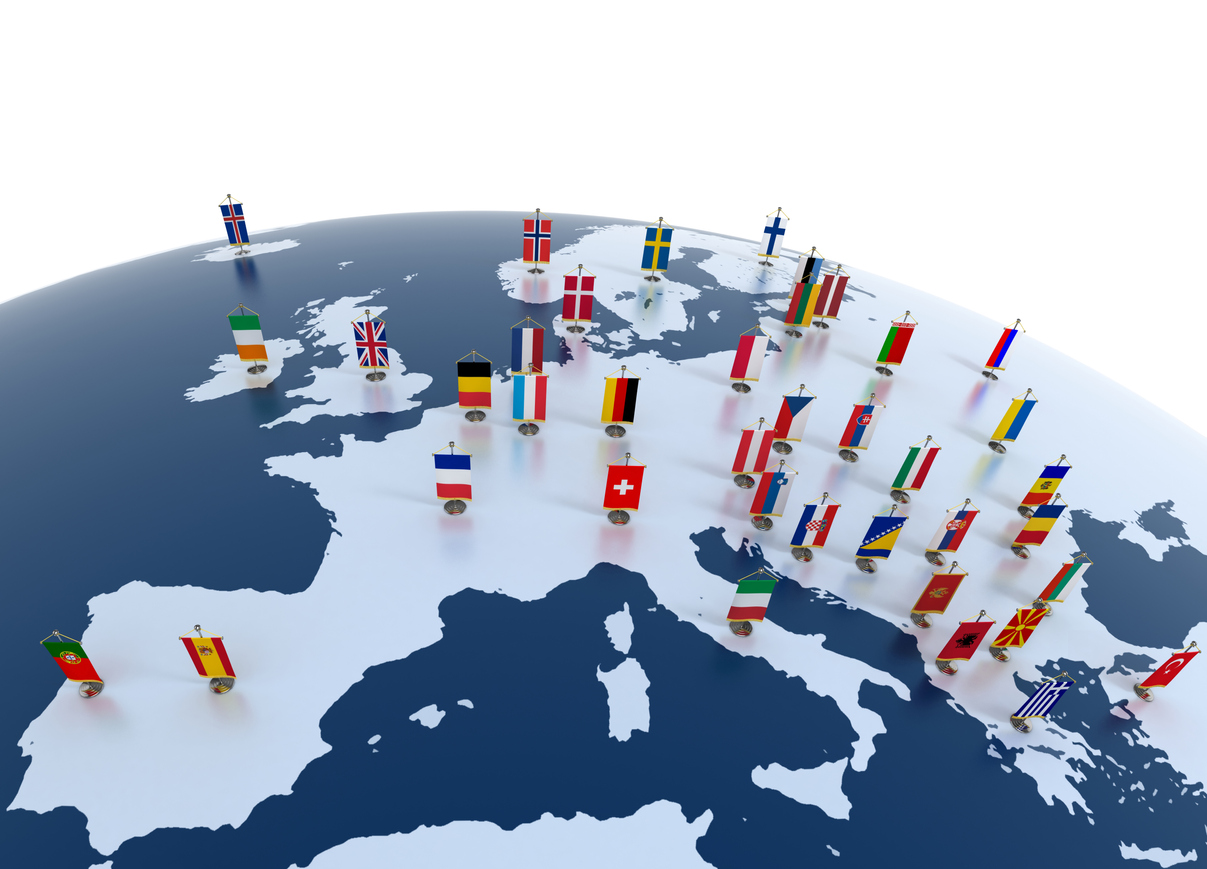On the afternoon of September 11, 2001, I was flying back to Washington on Swissair Flight 128, returning home from a routine international bankers’ meeting in Switzerland. I’d been moving about the cabin when the chief of the security detail that escorted me on trips abroad, Bob Agnew, stopped me in the aisle. Bob is an ex-Secret Service man, friendly but not especially talkative. At that moment, he was looking grim. “Mr. Chairman,” he said quietly, “the captain needs to see you up front. Two planes have flown into the World Trade Center.” I must have had a quizzical look on my face because he added, “I’m not joking.”
In the cockpit, the captain appeared quite nervous. He told us there had been a terrible attack against our country—several airliners had been hijacked and two flown into the World Trade Center and one into the Pentagon. Another plane was missing. That was all the information he had, he said in his slightly accented English. We were returning to Zurich, and he was not going to announce the reason to the other passengers.
“Do we have to go back?” I asked. “Can we land in Canada?” He said no, his orders were to head to Zurich.
I went back to my seat as the captain announced that air traffic control had directed us to Zurich. The phones on the seats immediately became jammed, and I couldn’t get through to the ground. The Federal Reserve colleagues who had been with me in Switzerland that weekend were already on other flights. So with no way to know how events were developing, I had nothing to do but think for the next three and a half hours. I looked out the window, the work I’d brought along, the piles of memos and economic reports, forgotten in my bag. Were these attacks the beginning of some wider conspiracy?
The question I focused on was whether the economy would be damaged. The possible economic crises were all too evident. The worst, which I thought highly unlikely, would be a collapse of the financial system. The Federal Reserve is in charge of the electronic payment systems that transfer trillions of dollars daily in money and securities between banks all over the country and much of the rest of the world. We’d always thought that if you wanted to cripple the U.S. economy, you’d take out the payment systems. Banks would be forced to fall back on inefficient physical transfers of money. Businesses would resort to barter and-IOUs; the level of economic activity across the country could drop like a rock.
Yet even as I thought about it, I doubted that physically disrupting the financial system was what the hijackers had in mind. Much more likely, this was meant to be a symbolic act of violence against capitalist America—like the bomb
in the parking garage of the World Trade Center eight years earlier. What worried me was the fear such an attack would create—especially if there were additional attacks to come. In an economy as sophisticated as ours, people have to interact and exchange goods and services constantly, and the division of labor is so finely articulated that every household depends on commerce simply to survive. If people withdraw from everyday economic life—if investors dump their stocks, or businesspeople back away from trades, or citizens stay home for fear of going to malls and being exposed to suicide bombers—there’s a snowball effect. It’s the psychology that leads to panics and recessions. A shock like the one we’d just sustained could cause a massive withdrawal from, and major contraction in, economic activity. The misery could multiply.
Long before my flight touched down, I’d concluded that the world was about to change in ways that I could not yet define. The complacency we Americans had embraced for the decade following the end of the cold war had just been shattered.
In late September, the first hard data came in. Typically, the earliest clear indicator of what’s happening to the economy is the number of new claims for unemployment benefits a statistic compiled each week by the Department of Labor. For the third week of the month, claims topped 450,000, about 13 percent above their level in late August. The figure confirmed the extent and seriousness of the hardships we’d been seeing in news reports about people who’d lost their jobs. I could imagine those thousands of hotel and resort workers and others now in limbo not knowing how they would support themselves and their families. I was coming to the view that the economy was not going to bounce back quickly. The shock was severe enough that even a highly flexible economy would have difficulty dealing with it.
But while the immediate shocks were significant, the economy righted itself. Industrial production, after just one more month of mild decline, bottomed out in November. By December the economy was growing again, and jobless claims dropped back and stabilized at their pre-9/11 level. The Fed did have a hand in that, but it was only by stepping up what we’d been doing before 9/11, cutting interest rates to make it easier for people to borrow and spend. I didn’t mind seeing my expectations upset, because the economy’s remarkable response to the aftermath of 9/11 was proof of an enormously important fact: our economy had become highly resilient. After those first awful weeks, America’s households and businesses recovered. What had generated such an unprecedented degree of economic flexibility?
Economists have been trying to answer questions like that since the days of Adam Smith. We think we have our hands full today trying to comprehend our globalized economy. But Smith had to invent economics almost from scratch as a way to reckon with the development of complex market economies in the eighteenth century. I’m hardly Adam Smith, but I’ve got the same inquisitiveness about understanding the broad forces that define our age. After 9/11 I knew, if I needed further reinforcement, that we are living in a new world-the world of a global capitalist economy that is vastly more flexible, resilient, open, self-correcting, and fast-changing than it was even a quarter century earlier. It’s a world that presents us with enormous new possibilities but also enormous new challenges.
While the economic impacts of 9/11 were short-lived, the forces behind the 9/11 terrorist attacks have hardly evaporated. As the Biden Administration’s unbalanced withdrawal from Afghanistan recently demonstrated, the Taliban are still very much in play. Who’s to say what international crisis they could engender? Could a 9/11-type attack happen again? Perhaps. Though I’d like to think that our intelligence community and the advances in surveillance over the past 20 years have given us a greater awareness of the threats we face. In fact many threats we’ve faced since 9/11 have been thwarted by just those advancements.
While the world has changed in many ways since 9/11, the one thing that has not changed is human nature. Tying in to my August newsletter, fear remains a dominant force in our economy. Economic contraction following any major event—9/11, the 2008 financial crisis, and most recently the onset of the COVID pandemic—is driven most forcefully by fear.
While fear is indeed a clear driver of economic contraction, as we’ve witnessed over the past year and a half, resilience is also a part of human nature that has the ability to counteract fear-driven economic contractions. They say necessity is the mother of invention, and when faced with a once-in-a-lifetime pandemic it was, yet again, human ingenuity that kept the economy from falling apart. The solutions we have developed in response to the pandemic will undoubtedly shape our future, especially as processes intended to be temporary become more mainstream and enduring. The innovations in communications technology that allowed work to be decentralized away from a physical office will affect how we live long after COVID is tamed. The mRNA technology that allowed a vaccine to be developed in record time has the potential to combat other infectious diseases and even treat cancer. As we continue to recover from this most recent crisis, I look forward with optimism and the belief that the challenges we overcome and the ingenuity humanity possesses ultimately make us stronger.
The foregoing content reflects the opinions of Advisors Capital Management, LLC and is subject to change at any time without notice. Content provided herein is for informational purposes only and should not be used or construed as investment advice or a recommendation regarding the purchase or sale of any security. There is no guarantee that the statements, opinions or forecasts provided herein will prove to be correct. Past performance may not be indicative of future results. Indices are not available for direct investment. Any investor who attempts to mimic the performance of an index would incur fees and expenses which would reduce returns. Securities investing involves risk, including the potential for loss of principal. There is no assurance that any investment plan or strategy will be successful.









LATEST ARTICLES